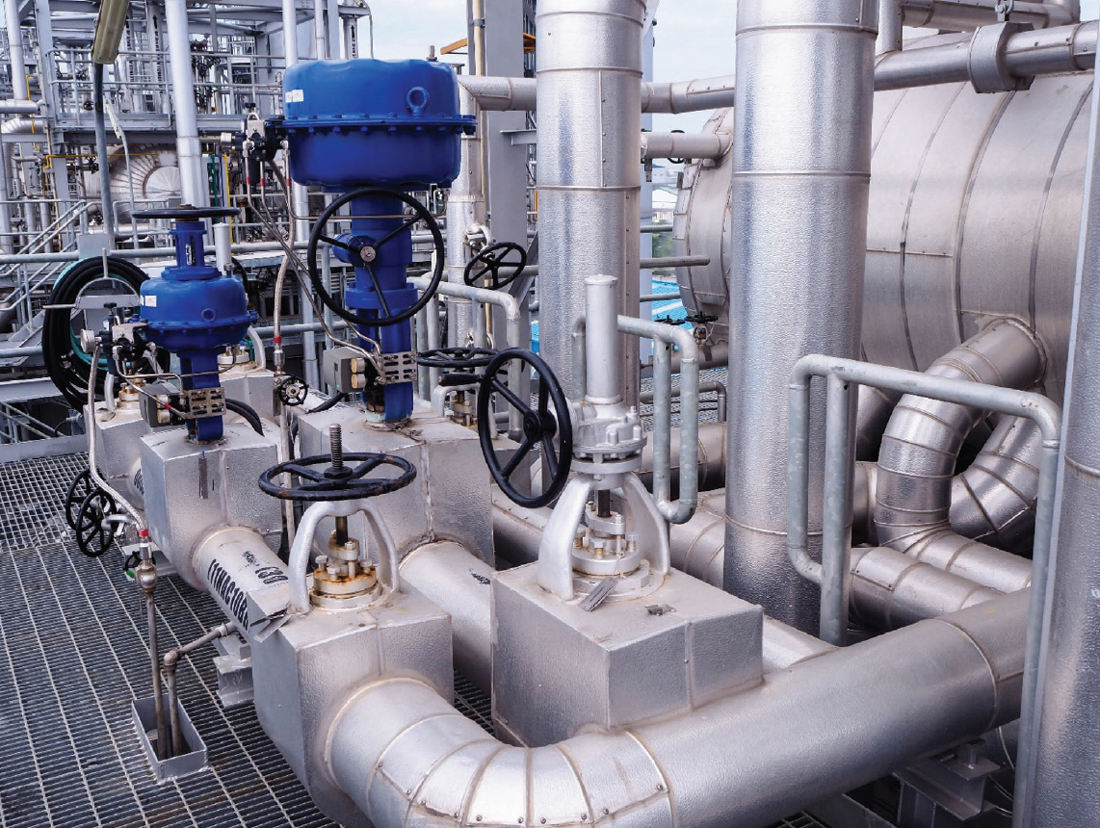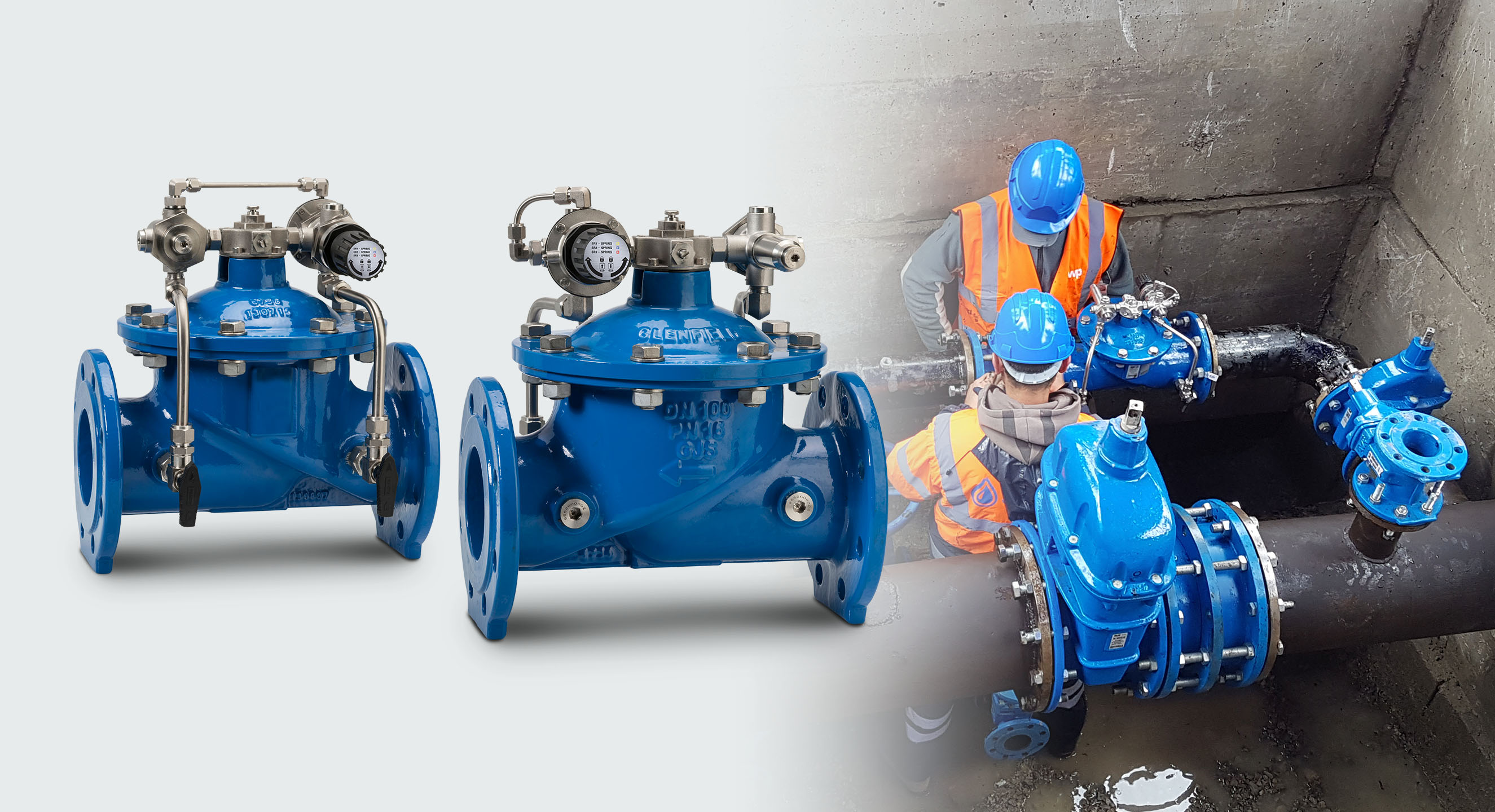How Control Valves Impact Power Effectiveness in Industrial Settings
How Control Valves Impact Power Effectiveness in Industrial Settings
Blog Article

Maximize Energy Savings and Comfort With Advanced Building Automation Controls
In the realm of contemporary style and center monitoring, the combination of innovative building automation regulates stands as an essential improvement. The convergence of modern technology and sustainability has actually birthed a brand-new age where power effectiveness, convenience optimization, and operational streamlining are no much longer distant aspirations yet possible realities. By utilizing the power of automation, structures can adapt, respond, and develop in methods that were as soon as inconceivable. The potential for significant energy cost savings and boosted convenience is not simply an opportunity yet a guarantee waiting to be fulfilled. This paradigm change in structure monitoring holds the crucial to opening a globe where ecological conscientiousness and owner health harmoniously coexist within the wall surfaces of our structures.
Energy Effectiveness Benefits
Power efficiency advantages can substantially reduce energy usage and functional costs in buildings. Energy-efficient systems, such as advanced structure automation controls, can maximize the use of resources like cooling, lighting, and heating, leading to lower power costs over time.
Moreover, enhanced energy efficiency can extend the life expectancy of building tools and systems. By running extra successfully, heating and cooling systems, light, and various other building elements experience much less wear and tear, leading to reduced upkeep and replacement expenses. Furthermore, energy-efficient structures often command higher building values and rental rates, providing lasting financial benefits to owners.
Furthermore, power effectiveness can boost occupant convenience and productivity. Correctly controlled indoor settings with ideal illumination and thermal conditions develop an even more favorable and pleasant work space, bring about improved worker fulfillment and efficiency. On the whole, the energy effectiveness benefits associated with innovative structure automation controls are multifaceted, encompassing price savings, environmental stewardship, and occupant wellness.
Enhanced Convenience Control
Enhancing convenience control in building atmospheres requires an innovative integration of advanced automation systems for optimum owner health. By using innovative structure automation controls, facilities can customize the indoor setting to fulfill the specific demands and preferences of residents. control valves.
By including these advanced controls, structures can not only improve comfort however likewise improve power effectiveness by optimizing system procedures based on actual tenancy and use patterns. Ultimately, prioritizing occupant convenience through innovative automation systems leads to an extra pleasurable and healthier indoor environment.
Functional Effectiveness Improvements

Additionally, the execution of real-time surveillance and analytics devices allows structure operators to identify energy inefficiencies and functional anomalies quickly. By continually monitoring energy use patterns and system efficiency metrics, changes can be made in real-time to optimize power intake and make sure peak functional effectiveness. control valves. Furthermore, incorporating need response approaches into building automation controls can additionally boost functional performance by dynamically changing energy usage based on grid conditions and pricing signals
Indoor Climate Optimization
Efficient interior climate optimization is an essential element of structure automation controls, making certain owners' comfort and health while maximizing energy cost savings. By utilizing sophisticated sensing units and controls, constructing automation systems can continually monitor and adjust temperature, humidity levels, air high quality, and air flow to create an optimum indoor setting. Keeping comfortable and consistent problems not only boosts resident fulfillment but also boosts productivity and total wellness.
Indoor climate optimization additionally plays an essential duty in energy effectiveness. By fine-tuning cooling, air flow, and home heating systems based upon real-time data and tenancy patterns, developing automation controls can significantly minimize energy usage - control valves. As an example, applying strategies such as demand-controlled ventilation and thermal zoning can aid lessen energy waste while guaranteeing that each area of the building receives the essential conditioning.

Sustainable Environment Production
Structure automation controls not just maximize indoor environment conditions for energy performance and passenger convenience but likewise lay the structure for producing a sustainable setting with tactical monitoring of sources and systems. By incorporating advanced building automation technologies, such as sensors, actuators, and intelligent software, facilities can change and keep an eye on power usage in real-time to decrease waste and decrease their carbon footprint. These systems make it possible for predictive maintenance, identifying possible issues before they intensify and optimizing devices performance to enhance long life and efficiency.
In addition, lasting environment development extends past power administration to incorporate water conservation, waste reduction, and indoor air top quality renovation. Structure automation controls can control water use, spot leaks, and ensure correct waste disposal practices, adding to overall sustainability efforts. In addition, by checking and controlling air flow and filtration systems, these modern technologies enhance occupant health and wellness and performance while lowering power intake related to heating and cooling operations.
Conclusion
To conclude, advanced structure automation regulates offer significant advantages in regards to power financial savings, convenience control, functional effectiveness, interior climate optimization, and producing a lasting atmosphere. By applying these controls, buildings can achieve optimal performance while minimizing energy usage and enhancing owner comfort. It is evident that using advanced automation modern technology is important in enhancing structure performance and developing a more sustainable future.
Energy effectiveness advantages can substantially minimize energy usage and functional costs in structures. Overall, the energy efficiency benefits linked with advanced from this source structure automation controls are diverse, encompassing expense financial savings, environmental stewardship, and passenger wellness.
Additionally, including demand response look at this website strategies into building automation controls can better boost operational effectiveness by dynamically adjusting energy usage based on grid conditions and pricing signals.
Structure automation controls not just enhance interior climate conditions for energy efficiency and occupant convenience but likewise lay the foundation for producing a sustainable environment via calculated administration of systems and sources.In verdict, progressed structure automation manages offer substantial advantages in terms of energy financial savings, convenience control, operational efficiency, indoor climate optimization, and creating a lasting setting.
Report this page